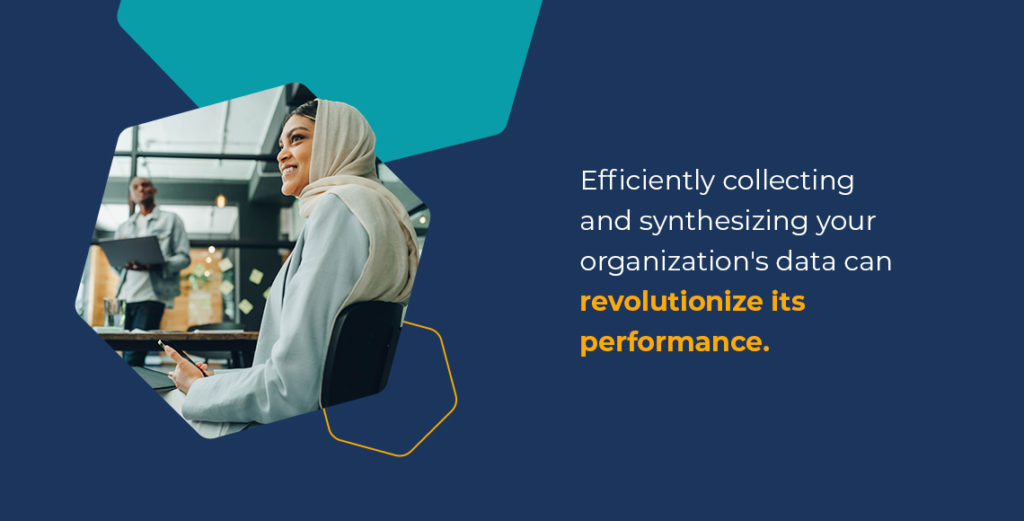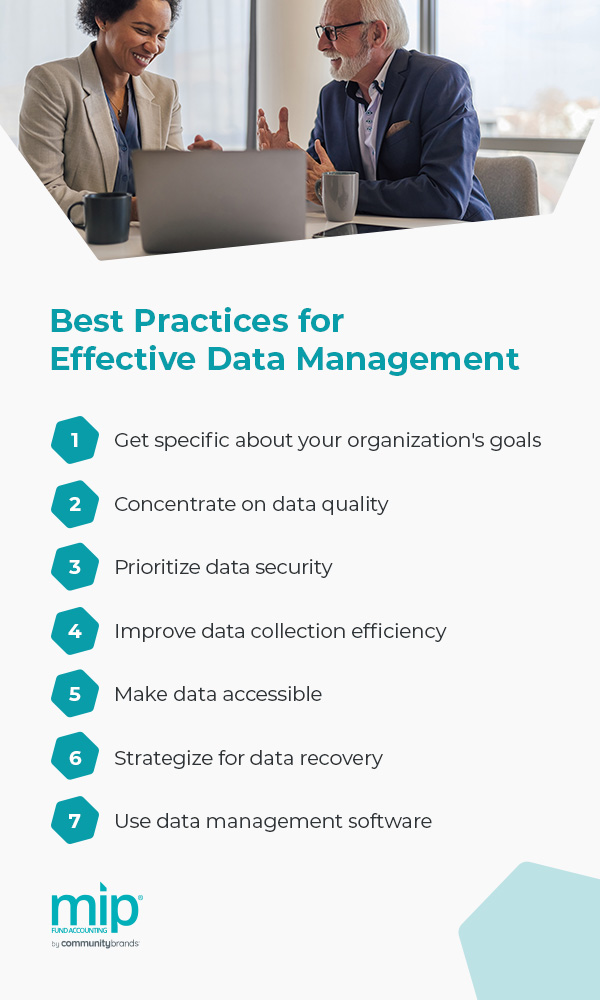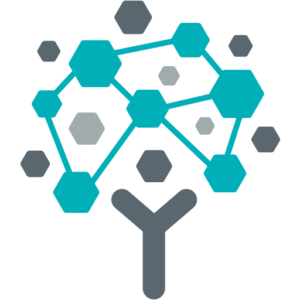Having accurate data is essential for many organizations, especially human services organizations. Whether your human service organization is in government, the private sector, or a nonprofit, it depends on data to measure program success, ensure compliance, and generate reports. Good quality data can help your human service organization accomplish a wide range of tasks more effectively, from making informed financial decisions to improving donor relationships.
Your organization’s human services data should improve how it fulfills its mission. With better data management, you can make your data more accessible and accurate, bettering lives in the process.
Steps to Fixing Bad Data
The first step in improving your organization’s data management is fixing its bad data. All data is unusable until you order, organize, and correct it. Using inaccurate, duplicated, and incomplete data can cause serious issues for your human services organization. Quickly identify and resolve data quality issues to keep your organization moving in the right direction.
Fixing bad human services data can help your organization manage compliance, improve fundraising efforts, reduce costs, and much more. Here’s how to fix bad data for your organization:
1. Face the Larger Data Quality Issue
When an organization discovers bad data in its database, the first reaction may be to hire more data analysts and hope they can solve the problem. However, a data analyst’s job is to gather insights from data points, not clean them up. Even if analysts fix duplicated, inconsistent data, it’s likely a temporary solution. It’s more important that the organization first address the problem of how the bad data got there.
If your human services data has many errors, you might have a larger data quality issue. Admitting the problem can help your organization work toward a more effective long-term solution.
Is your data frequently duplicated? The problem might be with your system of data collection or storage. Or, data that is full of errors might be the result of human miscalculation. Acknowledge that a widespread problem requires a widespread solution, and your organization can begin fixing its human services data issue.
2. Focus on Outward-Facing Data
Your staff and internal team need organized, usable data. Data also significantly impacts your human service organization’s relationships with others. Good outward-facing data improves your organization’s reputation, boosts donor trust, and promotes honest communication.
Take a close look at the data you expose to donors, clients, stakeholders, and others outside your organization. These people expect to find correct data on your website, in fundraising materials, and in regular reports. Solve inaccuracies and inconsistencies here first.
There might be a gap in your system of controls that allows certain incorrect information through. Ensure staff is using the controls system as intended. If your organization is appropriately managing outward-facing financial, reporting, and donor data, it can expect to see those relationships improve.
3. Implement a Data Quality Program
Every organization needs a system of controls to ensure data is accurate and usable. Managing information correctly as soon as it’s gathered is easier than scrambling to salvage bad data. Fix the data quality issue at the source, and you can save your staff the headache of continually fixing data problems.
Define your organization’s needs when it comes to data quality. Managing program data looks different from developing accurate financial reports for stakeholders and donors. You need a high-quality data management framework that can deliver accuracy and keep up with your needs as your organization grows and changes.
Implementing an effective data quality program helps ensure your human services data is regularly cleaned and usable. A robust data management software can automate data cleaning and processing, making analysis easier. Software that is easy to operate will also help your staff follow the rules before sending data out the door.
4. Rethink How You Manage Data

Data is one of your organization’s most crucial assets. Human services data allows you to monitor program success, update donors and stakeholders on financial information, and design improvements. Yet data management is often treated like an afterthought, with little attention to increasing efficiency or making the most of information.
If your human services organization wants to remain information driven, rethink how you generally treat data and what you believe you can gain from effective data management. Efficiently collecting and synthesizing your organization’s data can revolutionize its performance.
Types of Missing Data
Missing data is another data quality problem your organization might face. It can be challenging to know whether data is missing, but solving this issue is vital to efficient data management. Missing data limits the information your organization can use, affecting decisions and altering outcomes. By preventing missing data, organizations ensure they can draw informed conclusions and offer the most accurate reports.
Missing data can occur because of several potential data management issues. Understanding the types of missing data your organization might experience can help you improve your controls and prevent data from going missing later.
1. Missing Completely at Random
Data that is missing completely at random is missing data that is entirely unrelated to other data points. This missing information follows no recognizable pattern. If you cannot predict the missing variables based on your observation of other variables in the database and the remaining variables are not related to the missing information, the data is probably missing completely at random.
When data is missing completely at random, you can generally still make observations from the remaining data, as long as you have enough for your analysis. Although the data is incomplete, there is no pattern in its disruption. The remaining variables are unbiased. As long as the remaining dataset is complete, you can still use it for decision-making.
It’s usually unreasonable to assume that data are missing completely at random — a situation producing truly random results is rare. An example could be a survey using randomly selected questions from a predetermined list. In this instance, survey respondents would have missing answers that were truly random. More often, missing data is due to an error that affects similar variables.
2. Missing at Random
Data that is missing at random seemingly follows a pattern, although its name might imply otherwise. This type of missing information is related to the other data points in a discernible way.
You can predict data that is missing at random based on different variables in the dataset. You might use a predictive model, an imputation method to substitute a data point, or simple observation to conclude the relationship between the observed information and what’s missing.
Although your organization can assume missing data based on other variables in the dataset, this information still poses a problem. Predicting missing data based on other variables isn’t infallible. There may be datasets that are different than what you predicted, which can still affect observations.
Data that is missing at random is a more common occurrence than data missing completely at random. Missing data typically follows a pattern because of a system flaw or error. The case with data missing at random is often an error in data collection that leaves a particular variable out.
Missing Not at Random
You might have missing data that you can neither predict from other variables nor assume is entirely unpredictable. Missing data that belongs in neither of these categories are referred to as data missing not at random. This information is likely missing due to some other, indiscernible reason.
This kind of missing data is highly problematic because there is no clear solution for concluding the missing information. Imputation or other algorithms can’t provide reasonable conclusions on the missing data.
An example of data missing not at random is if survey respondents of a particular demographic avoid specific questions. There may be a pattern to this lack of information, but it is challenging to infer it based on the data available.
Treating data that is missing not at random as random or completely random is an unsuitable way to interpret the information. Drawing observations from the remaining variables will lead to incorrect conclusions since there is another factor at work.
Best Practices for Effective Data Management

Managing your human services data is vital for ensuring you have accurate, plentiful information for making decisions and informing others about your organization’s financial status. Fortunately, human service organizations can take several steps to improve their practices and make data management more straightforward in the future. Consider these data management best practices:
1. Get Specific About Your Organization’s Goals
Your organization is unique. Before you design and implement a data quality program, outline your data management goals. Knowing precisely the data you need and how you plan to use it can help you avoid overcrowding your data management program.
Understanding your goals will help your organization keep data management organized and streamlined. Collecting data can help your organization accomplish a broad range of goals, including:
- Improving financial decision-making
- Targeting potential donors
- Enhancing automation
- Boosting marketing efforts
- Increasing communication with stakeholders
2. Concentrate on Data Quality
Bad and missing data can significantly hinder your data management goals. The data your organization collects should be accurate and reliable. Implement a few strategies for ensuring data quality is optimal:
- Regularly check data accuracy: Old and irrelevant data isn’t helpful and could negatively impact your decision-making. Periodically check your human services data and eliminate anything that is no longer accurate.
- Train your staff to prioritize data quality: Having a staff that is on board with your organization’s data management goals is crucial. Train your team to properly collect and synthesize data to prevent as many mistakes as possible. Although automation can handle many of these processes, having a knowledgeable staff can be beneficial when encountering data management issues.
- Perform a final inspection: Before including data in a report or analysis, complete a last check to be sure everything is correct. Ensuring your organization only uses correct data is the best way to improve accuracy.
3. Prioritize Data Security
Data protection and security are legitimate concerns for protecting the privacy of those you serve and meeting compliance regulations. Many human services organizations might be unaware of the potential dangers of data breaches and fraud. The good news is that there are several things you can do to prevent fraud and protect your human services data from a breach:
- Use an automated data management system: The right software can help your organization implement security measures and ensure the safety of your information.
- Put the right people in charge of data: Data security requires having checks and balances. Put trustworthy people in charge of sensitive information and provide clear guidelines for ethical behavior. Your team should understand how to handle data and follow protocols.
- Create a data breach action plan: In the case of a data breach, you want to ensure your organization has a plan for handling it and identifying weak spots.
4. Improve Data Collection Efficiency
Create and implement processes for reducing duplicate data during collection. Your data management system should include precautions to reduce duplicate entries and alert you when information is missing. It would also be helpful to have a process for updating information as needed. These capabilities help ensure the efficiency of data input. You can keep redundancies out of your database with automatic processes for keeping data clean.
5. Make Data Accessible
Your team needs access to your human services data at different times and for various reasons. While security measures should be robust, you also want to ensure staff can retrieve the information they need.
Use authentication systems to make your data accessible to employees with the right permissions. Create tiers of access for employees depending on their data access needs. For example, team leaders and executives need greater access than marketing teams. By requiring logins and access codes for different data types, you can make your organization’s data available to those who need it.

6. Strategize for Data Recovery
Planning for a data breach can be a significant help in the unfortunate case of an accident. Losing some of your human service data could make reporting and automation difficult. Create a data backup and recovery plan that fits your organization’s needs and compliance requirements.
7. Use Data Management Software
Using data management software is one of the best strategies for improving your organization’s data management. Investing in the right solution can make your staff’s work much easier, streamline data collection and analysis, and help generate reports that make an impact.
Your organization can use data management software to:
- Manage its budget: A robust budget management software can help your team create budgets and forecast scenarios to ensure your organization meets its financial goals. Create multiple budgets and worksheets and use data visualization to help you compare accounts.
- Complete financial reports: Whether you’re telling your organization’s financial story to donors or stakeholders, the details matter. Nail your reports with financial reporting software that offers customizable templates and data-driven insights.
- Demonstrate compliance: Managing compliance doesn’t have to be tedious. With compliance reporting software, you can meet requirements and make more informed decisions.
Manage Your Organization’s Data With MIP Fund Accounting®
Effective data management software can help your organization organize and optimize its data. At MIP®, we offer software for human services organizations that helps them improve operations, manage funds, and work toward their goals. For over 40 years, we’ve helped nonprofits, government agencies, and other organizations achieve their missions by empowering them to have complete financial oversight of their operations.
Our solution enables better budgeting, reporting, donor engagement, and human resource management. To learn more about our solution and see it in action, request a free demo of MIP Fund Accounting® today.

Share this post





